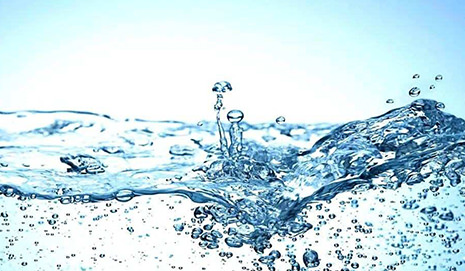- Water quality and scarcity problems (“water stress”) are reaching critical proportions worldwide, increasing governmental regulatory responses (mandates, not price support)
- Different developmental stages drive varying investment priorities and projects in specific geographies; technological approaches are only a small part of the solution, and even smaller part of CapEx (vs. infrastructure, services etc.)
- Technology (“WaterTech”) promises to transform the huge (~US$450bn annual investment) water sector, but faces significant legacy challenges (infrastructure, regulation, incumbents, conservatism) and entails scale-up risk (costs, timeframes)
- While the Agricultural sector dominates water consumption (& waste), followed by Utilities, the Industrial sector is a quicker adopter of new technologies
- An increasing interdependence is emerging between the water & energy sectors (“water- energy nexus”), driven by increasing non- traditional fuel extraction (fracking, tar sand …) as well as (energy-intensive) water treatment/production, but incumbents are as conservative as water utilities
- Innovation and investment opportunities exist in most major segments – wastewater treatment (WWT), conveyance systems, leakage avoidance/remediation – as well as new segments (“smart” water, waste-to-energy …), but a proliferation of different technologies / approaches, for a highly fragmented and insular customer base, stifles business scaling
- The desalination (esp. new membrane technologies) segment is relatively crowded and challenged to generate investor interest
- From a low base, there is increasing VC interest in WaterTech start-ups, although long project/customer leadtimes and high CapEx (pilot projects) are a frequent barrier
- High fragmentation of water SMEs presents significant potential for consolidation and bolt- ons for large industrial groups

